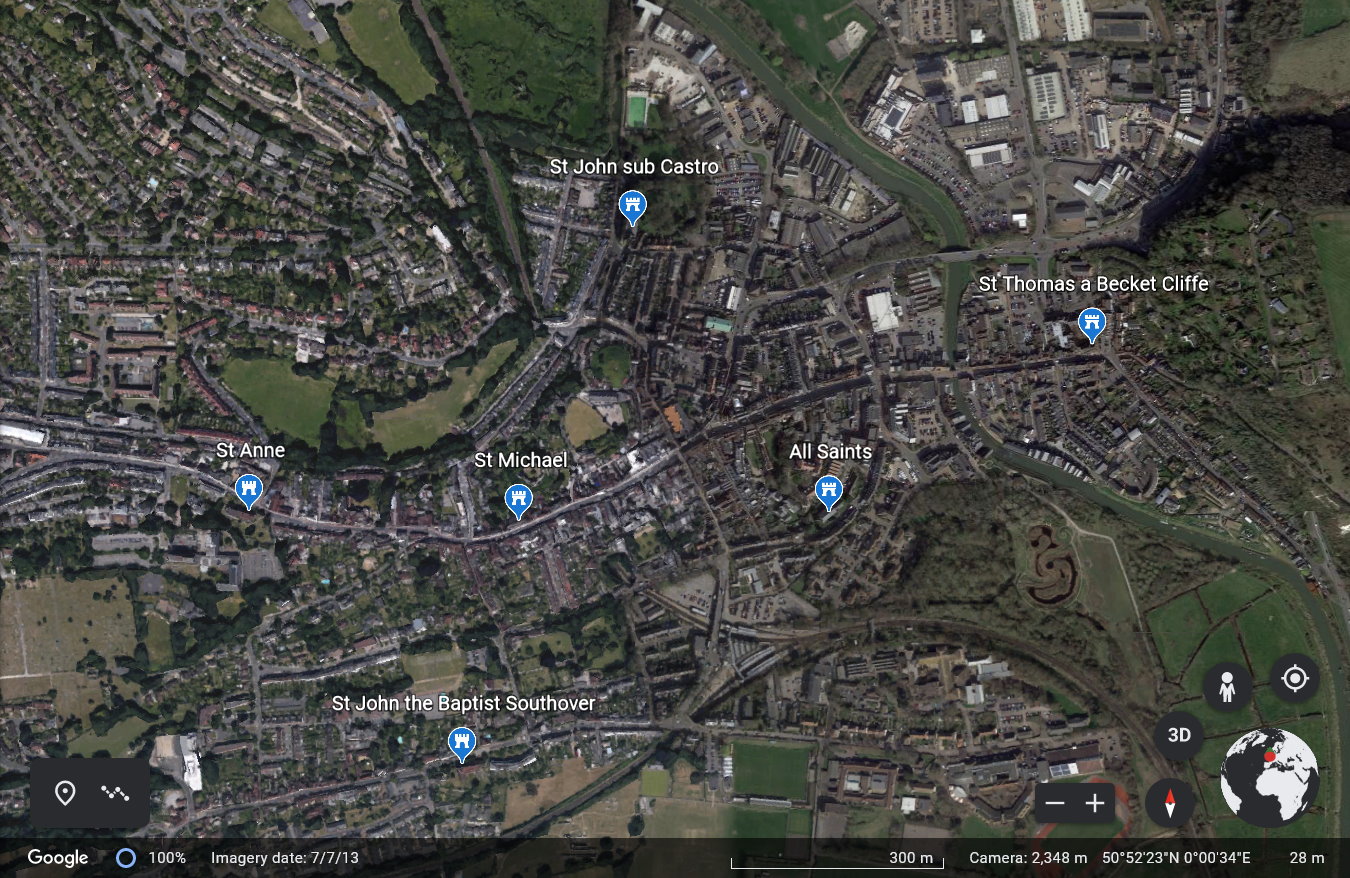Visited 12th July 2016
For those without near relatives from Sussex, this is pronounced "Lewis" not "Loos". It was one of two mediaeval administrative centres in the County with Chichester being the Capital City and home of the Diocese of Sussex, and Lewes being the County Town, location of the County Law Courts and seat of the Archdeaconry of East Sussex. As matters such as wills and marriage licences and other upper level matters ecclesiastical and legal were handled here, it was, for many years, the seat of the East Sussex Record Office (ESRO). This was based in a beautiful heritage building near the Castle called "The Maltings". Unfortunately "The Maltings" did not preserve archival documents very well, and (under threat of having the collection removed to a more suitable building in a northern county) ESRO joined forces with Brighton Council and the University of Sussex to build a modern, state of the art archive building at Falmer ("The Keep").
| "The Maltings", Castle Precinct. | The Keep, Lewes Castle. |
As you walk along the High Street you encounter a wide range of architecture including early and late mediaeval, tudor, georgian and victorian. Somehow they manage to sit side by side quite harmoniously.
| Barbican Gate, Lewes Castle. | The mediaeval west end of St Michael's Church, with circular tower. |
| Fifteenth century house. | Sixteenth century inn. |
| Seventeenth century Jacobean inn. | Eighteenth century Georgian mansions. |
| Nineteenth century Regency terrace. | Twentieth century Edwardian terrace. |
It is difficult to believe that the High Street (complete with single lane section) used to be the main East-West A27 (now carried on a bypass south of the town).
| The eastern end of the single lane section of High Street. | The western end of the single lane section of High Street. |
"Vision of Britain" entry for Lewes
Victoria County History, Sussex, Lewes
While neither Sue nor Alan has ancestors resident in Lewes or its "suburbs", Southover and Cliffe, the presence of six churches in close proximity to the Archdeaconry office made it an attractive place to obtain a licence and get married. Sue has a least four pairs of direct ancestors who married by licence at Lewes, two at All Saints Church and two at St Thomas a Becket in the suburb of Cliffe. At least six other close relatives married at Lewis , four by licence.
 | |
| The mediaeval churches of Lewes. | The former church of All Saints, much modified over the centuries. |
One of these couples was William Humphrey and Frances Rayner of Brighthelmstone (married at All Saints 19 Mar 1740/41). Frances (née Jacket) had a previous marriage solemnised in Brighton to Thomas Reyner (10 Apr 1737) but I can find no burial record for Thomas. Since Brighton at that time still possessed a significant fishing fleet, I've often wondered whether Thomas was a fisherman who was lost at sea. According to Rebecca Probert in "Marriage Law for Genealogists", if a person could reasonably presume the death of their marriage partner, they were free to remarry. So if a fishing boat was lost at sea, all the wives could reasonably presume their partners were dead.
Return to Sussex Places
Return to Genealogical Tourism
Return to Genealogy Home Page
Return to LongArm2138
Last updated: 29 Dec 2022